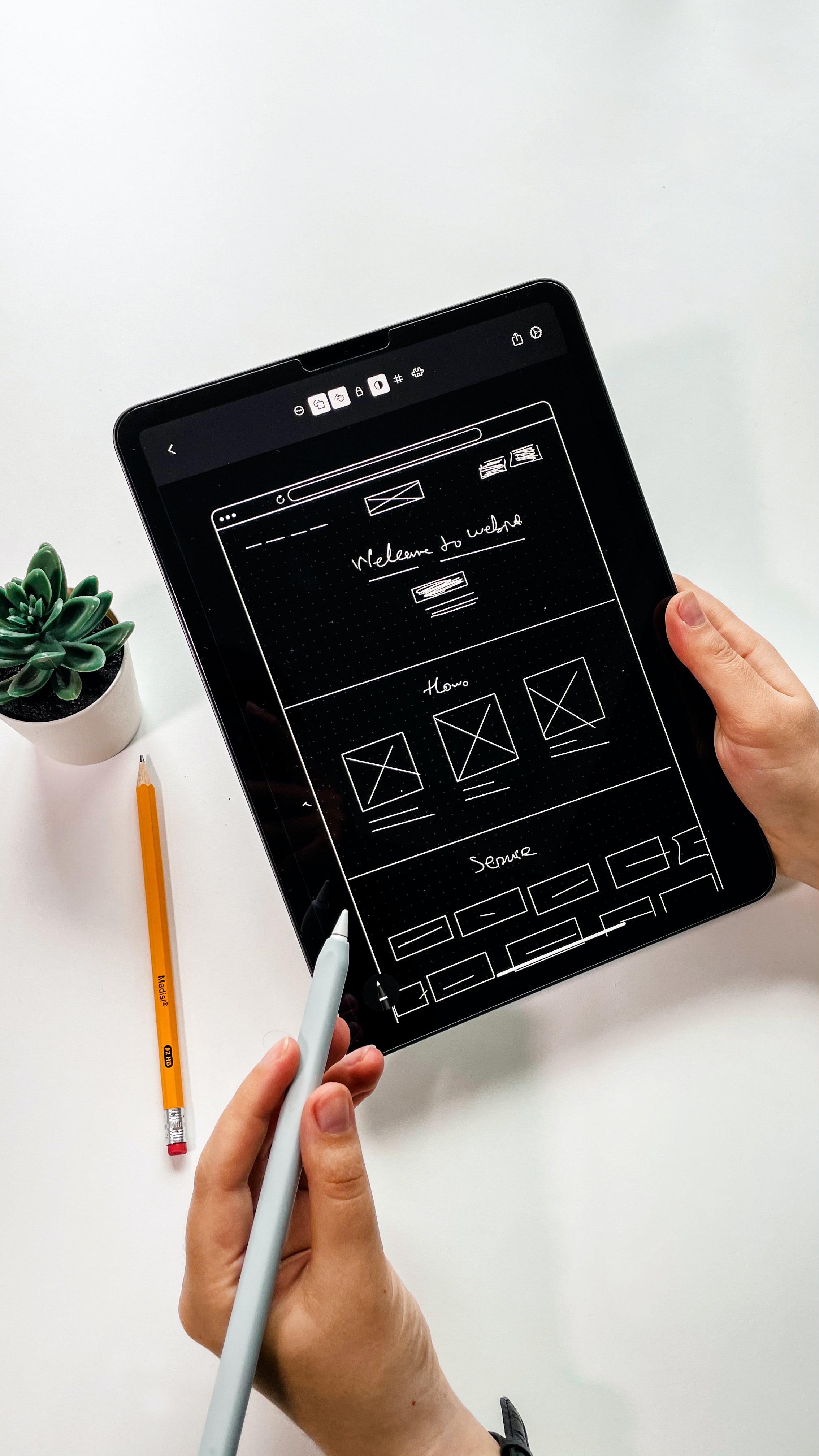Internet of Things (IoT)
Designing for connected devices
Feb 2, 2023
The Internet of Things (IoT) has become a buzzword in recent years, as more and more devices are connected to the internet. From smart thermostats and security systems to wearables and industrial sensors, IoT is changing the way we interact with technology. With so many devices connected to the internet, designing for IoT presents unique challenges and opportunities. In this article, we'll explore some of the key considerations for designing for connected devices.
Understand the User's Context When designing for IoT, it's important to understand the user's context. How and where will the device be used? What are the user's goals? What are their pain points? Understanding the user's context will help you design an interface that meets their needs and fits seamlessly into their daily lives.
Focus on Usability Usability is always important, but it's especially critical when designing for IoT. The interface should be intuitive and easy to use, even for users who are not tech-savvy. Consider using simple language and clear, concise instructions. Test the interface with real users to identify any areas of confusion or frustration.
Consider Interoperability One of the benefits of IoT is the ability to connect multiple devices together. When designing for IoT, consider how your device will interact with other devices in the ecosystem. Will it integrate with other devices seamlessly? Will it work with popular smart home platforms like Alexa or Google Home? Consider using open standards to ensure interoperability with a wide range of devices.
Prioritize Security Security is a major concern with IoT devices, especially as more and more personal data is collected and transmitted over the internet. When designing for IoT, prioritize security at every stage of the process. Consider using secure communication protocols like TLS and implementing strong encryption. Keep software up to date and regularly test for vulnerabilities.
Optimize for Performance IoT devices often have limited resources, such as processing power and battery life. When designing for IoT, optimize for performance to ensure that the device runs smoothly and efficiently. Consider using lightweight protocols and minimizing the amount of data transmitted over the network. Use efficient coding practices and consider the impact of each feature on performance.
Designing for IoT presents unique challenges and opportunities. By understanding the user's context, focusing on usability, considering interoperability, prioritizing security, and optimizing for performance, you can design connected devices that provide value to users and fit seamlessly into their daily lives.
stay in the loop


